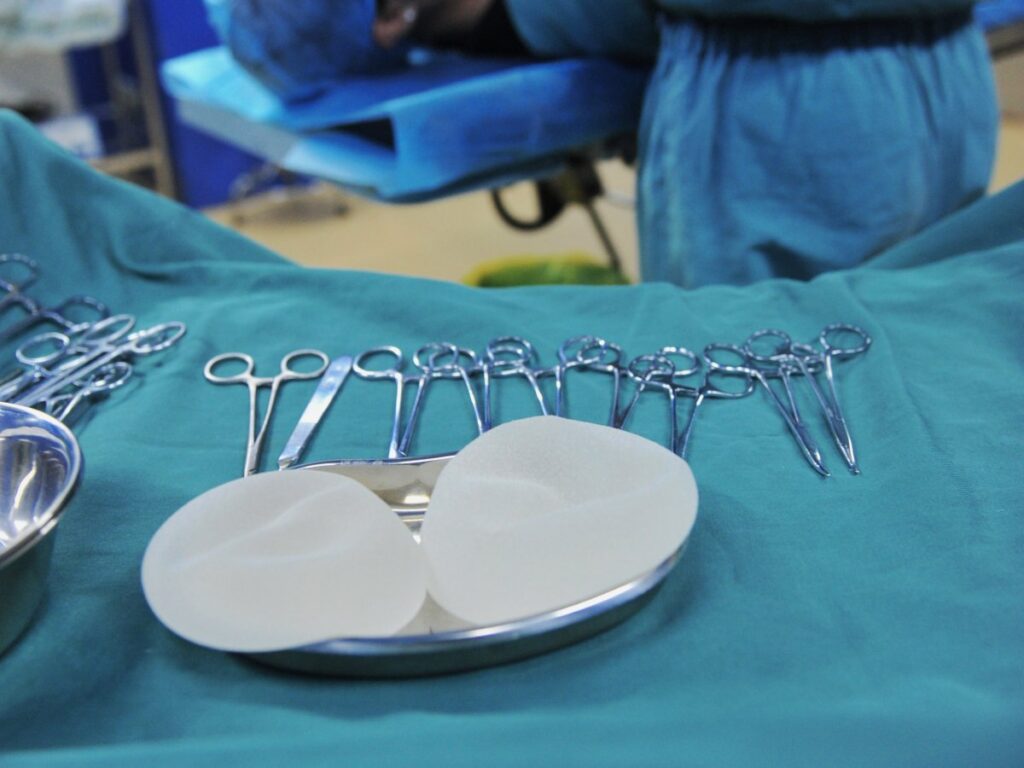There has been a groundswell of media coverage about Breast Implant Illness (BII) and Breast Implant Associated-Anaplastic Large Cell Lymphoma (BIA-ALCL) leaving many who have breast implants to wonder if they are walking around with ticking time bombs in their chests.
Although media hysteria is never a good thing about any topic, there is merit in the current attention on breast implants. As Specialist Plastic Surgeons, performing elective surgeries, we need to question if what we are doing is safe continually.
Often people are led to believe that the cosmetic end of the market, that is surgeries that are elective and done to improve one’s appearance are safe. While the surgery itself may have been practised for many years, every time a surgeon cuts into a patient, there is risk involved.
With regards to breast implants, it’s important to keep in mind that this surgery is the most common of all cosmetic surgeries. It is practised widely all over the world, with millions of women have had breast implants inserted be it for cosmetic or reconstructive purposes. You could say of all the medical devices, breast implants are one of the most researched devices, and guidelines for their safe placement have been refined over half a century.
There are two types of breast implants, saline-filled and silicone-filled. Both types of breast implants have silicone outer layers, but the inner contents of the implants are what sets them apart.
Silicone-filled breast implants
Silicone implants contain a thick silicone-based gel inside of a silicone shell. Silicone-filled implants include silicone, which comes in a gel form that is meant to resemble human fat to give as close a feel as natural breast tissue as possible.
If one of these implants ruptures while inside the body, it might go undetected because the gel would remain in the tissue around the implant, while silicone gel implants aren’t linked to breast cancer or other health problems, they can still cause pain and changes in the size and shape of the breast if left untreated.
The only real way to identify if your breast implant has ruptured is to have an MRI of your breast. If you have any concerns with your breast implants, you should seek advice from your GP or your original surgeon to organise a referral to have an MRI performed. If you do not have any concerns about your breast implants, you do not need to have this done routinely, although if you have had your breast implants for ten years or more, you may want to have them checked.
If there is a rupture, your surgeon can operate and remove the implant or implants for you and replace them, if you so choose. Another alternative that is becoming increasingly popular is having a fat transfer to the breast. While this may only achieve a modest size increase, it’s a healthy alternative for those looking to avoid implants altogether.
Saline-filled breast implants
Like silicone implants, saline implants have a silicone outer shell but are filled with a saltwater solution after the casing is placed in the body.
If a saline implant ruptures, the salt solution is absorbed into the body. The implant shell deflates and must be removed surgically, but can be immediately replaced just like a silicone implant.
Textured versus smooth breast implants
In addition to their fillings, breast implants can be characterised based on the feel of their outer shells. Some implants are textured on the outside, while others have smooth exterior surfaces. The textured surface of some implants acts like Velcro and helps them to better stay in place. These implants also come in a teardrop shape, which mimics the natural shape of a breast more than a perfectly round implant.
But researchers hypothesise that the texture of the implants could also be a potential breeding ground for harmful bacteria that could lead to inflammation or infection. To date, it’s the textured implants that have been linked to Anaplastic Large Cell Lymphoma (ALCL).
Breast Implant-Associated Anaplastic Large Cell Lymphoma
According to the Therapeutic Goods Administration (TGA), breast implant-associated lymphoma is a rare cancer of the immune system. It is not breast cancer, which forms from cells in the breast, but instead, cancer that grows in the fluid and scar tissue that forms around a breast implant.
ALCL can occur after both cosmetic and reconstruction surgery, with 95% of cases arising between three and 14 years after the insertion of an implant.
Research published in 2017 by an international group of Specialist Plastic Surgeons, including our immediate past President, Associate Professor Mark Magnusson, found a one in 4,000 risk to patients of ALCL from their breast implants.
All reported cases of breast implant-associated cancer in Australia involve patients who have had a textured implant at some point in their life. Based on current evidence, experts do not think breast implant-associated cancer is related to either the contents (saline/silicone) or shape (round/teardrop) of the implant.
The latest information on ALCL can be found in the TGA’s breast implant hub.
Breast Implant Illness
With regards to Breast Implant Illness, there is, as yet, no distinction between the types of breast implant and the likelihood of a patient developing an autoimmune response to the medical devices being inserted.
There has been a reported link between silicone and systemic disease since the 1960s. In general, however, the studies have been hampered by poor design, confounding factors or find no evidence, and consequently, the debate continues as to whether or not the link is one of cause or effect.
Should you get breast implants?
The decision to get breast implants should not be entered into lightly. It is a highly personal decision and should be done, so knowing all of the risks.
The TGA has recently updated its guidelines for patients and surgeons with regards to breast implants stating that a patient should have considered all of the breast implants on the market and made her selection knowing all of the risks associated with them. She should be provided with the supporting educational material and the manufacturer’s patient information leaflet. She should also know and understand, that at some future point in time, she will need to have her implants removed or replaced.
Seek out a Specialist Plastic Surgeon
ASAPS Members are all Specialist Plastic Surgeon who take the concerns of their patients seriously. The research relating to BIA-ALCL and BII is an emerging area for us and one that we are continuing to explore through research efforts.
By seeking out the services of one of our ASAPS members for your breast implant surgery, you can be assured of a surgeon who is highly trained and accredited with the Australian Health Practitioner Regulation Agency (AHPRA) or the Medical Council of New Zealand to be entitled to perform the job that they do.
Ethical practice and patient safety are of utmost concern to our ASAPS members.

